Springtime Home Maintenance in Allen Texas area
Preparing Your Home for a Fresh Start

After one of Texas’ most historic winters, spring in Collin County brings not only sunshine but the perfect chance to restore, refresh, and repair. A little attention now can prevent costly surprises later—and keep your Allen-area home in top shape all year long.
Here’s your seasonal home maintenance checklist from Cindy Coggins Realty Group, tailored for North Texas homeowners.

Interior Upkeep
Plumbing: Stop Leaks Before They Start
Inspect visible pipes beneath sinks and behind appliances for any leaks, corrosion, or damp spots. Run your hands along cabinets near plumbing fixtures—if they feel cool or damp, it’s time to call a professional.
Be sure to check hoses connected to your dishwasher, refrigerator, washing machine, and water heater for cracks or wear.
💡
Pro Tip: Drain your hot water heater each spring to remove sediment buildup and extend its lifespan.
If you have PEX plumbing in your attic, a quick inspection (or professional one—contact Cindy Coggins Realty Group for a trusted referral) can prevent headaches later.
HVAC: Cool Confidence for Summer
Test your air conditioning system early. Change or wash filters every 30–90 days, clear away dust from vents, and inspect the drain line for blockages.
Ensure all windows and doors are properly sealed to keep your home energy-efficient when temperatures climb.
Attic: Out of Sight, But Never Out of Mind
Check your attic for unwanted guests, moisture, or mold. Look for droppings, unusual smells, or small openings caused by weather.
Also, verify that insulation is thick and evenly distributed—helping regulate indoor temperature and prevent humidity-related damage.
Safety Systems
Replace batteries in all smoke and carbon monoxide detectors. Test each one to confirm it’s functioning properly.
Quick Indoor Fixes
- Clean your dryer vent to reduce fire risk.
- Vacuum refrigerator coils to boost cooling efficiency and save energy.

Exterior Essentials
Roof: Your First Line of Defense
From the ground (or safely with binoculars), inspect your roof for damaged shingles, loose flashing, or sagging areas.
If you’re unsure or spot potential issues,
contact Cindy Coggins Realty Group—we can recommend reputable local roofing professionals.
HVAC: Outdoor Unit Refresh
Turn off power to your outdoor unit before cleaning. Remove the fan cage, clear away leaves and debris, and gently hose down the interior. Make sure plants and yard waste are cleared at least two feet from the system.
Foundation & Drainage
Ensure gutters and downspouts are clear and channeling water at least five feet from your home’s foundation.
Check for visible cracks in the slab or brickwork and patch small ones immediately. For larger issues, contact a local foundation specialist.
Wood, Windows & Doors
Inspect wooden trim, decks, and siding for peeling paint or soft spots. Repaint or seal where needed.
Examine window screens and door seals for tears, cracks, or warping—proper sealing keeps pests out and energy bills low.
Yard & Landscape Prep
- Trim trees and shrubs back from your roofline.
- Service your lawn equipment for the season.
- Begin early pool maintenance before temperatures soar.
Final Thought
Spring in Texas is a season of renewal—an ideal time to protect the investment you’ve built in your home. A few hours spent on maintenance today can prevent costly repairs tomorrow and keep your property market-ready year-round.
Whether you’re planning to sell, buy, or simply preserve your home’s value, the team at Cindy Coggins Realty Group is here to help you connect with trusted local professionals, from roofers to inspectors.
📞 Call or Text: (469) 499-7452
📧 Email:
cindycoggins@kw.com










